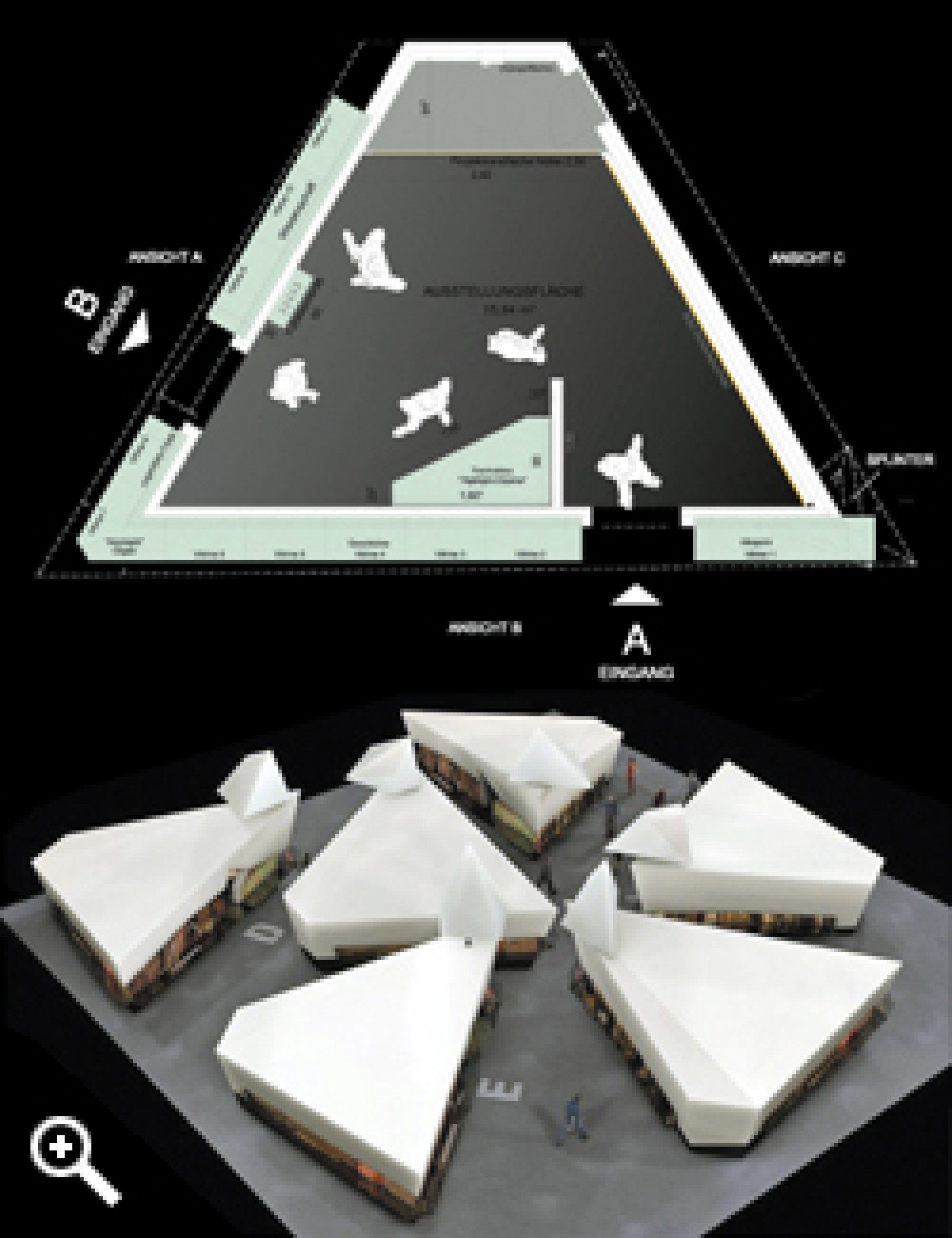7000 years, 6 stations and a total sensory impression of prehistoric life
Each station provides unique objects, ambient sounds, fragrances, computer animations and hands on-objects.
Unique Hallstatt
At first sight, the Austrian Alps around Hallstatt appear virtually untouched – a wild, romantic, natural landscape. The market town and its environs were added to the UNESCO list of World Cultural Heritage sites in 1997. But the first impression is misleading. The salt mine valley at Hallstatt is actually part of one of the best-documented industrial zones, and most important archaeological areas, in the world. This unique, salt-laden landscape boasts 7000 years of history in one tiny spot.
The Bronze Age mine
In the Bronze Age, 4000 years ago, the first major mining operation in the Alps emerged. This period was characterised by a division of labour, extensive trade connections, and a marked social hierarchy. This was where the industrialisation of Europe began.
Mining in the Hallstatt Period
The Early Iron Age, known as the Hallstatt Period, was the golden age of salt production here. Salt conferred fabulous wealth on Hallstatt and turned this out-of-the-way place into an important industrial centre.
The Hallstatt cemetery
In the mine valley high above Lake Hallstatt is one of the wealthiest and largest prehistoric cemeteries in Europe. Since
the first excavations in the 19th century, 1500 graves have been discovered.
The salt industry was clearly responsible for the extraordinary wealth of gravegoods in the Hallstatt cemetery – a cemetery
which now gives its name to an entire cultural period: the Hallstatt period, from the 8th to the 6th century BC.
Catastrophes, crises and new beginnings
Each time it ended in catastrophe – both the Bronze Age mine and the Hallstatt period mine were destroyed by the power of
nature.
The Celts made a new start in the 2nd century BC, resuming mining in a more sheltered and higher position. The area still
suffers from catastrophic rockfalls and landslides, and people continue to risk their lives pitting themselves against the
wild mountain world.
7000 years of industry
The salt mine at Hallstatt is the oldest salt mine still in use in Europe. Prehistoric, historic and modern mine workings
exist side by side.
Today, Hallstatt is one of the best-researched prehistoric mining and industrial regions in the world. The Natural History
Museum, Vienna, maintains a research centre at Hallstatt, in close partnership with the modern salt mine company, Salinen
Austria AG. This company, with its 7000 year tradition, has adopted the motto ‘ Bound to tradition, devoted to progress’.


